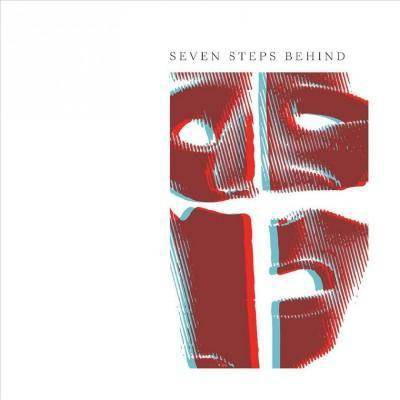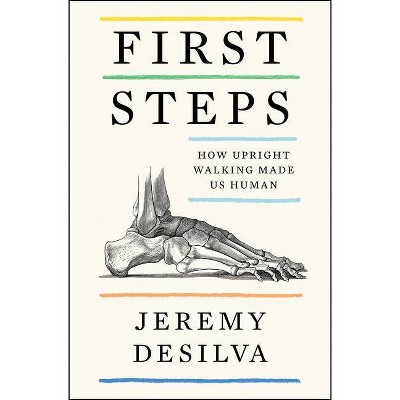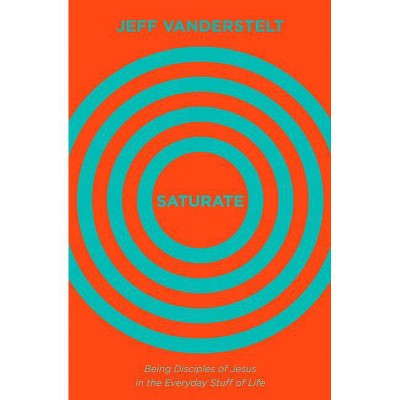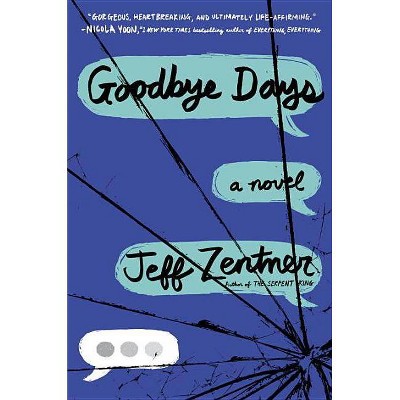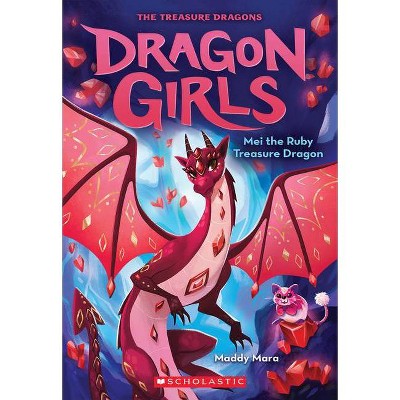No Steps Behind - by Jeff Gottesfeld (Hardcover)

Similar Products
Products of same category from the store
AllProduct info
<p/><br></br><p><b> About the Book </b></p></br></br>"Her parents moved her from Austria to Tokyo, Japan before she started school. They were all rendered stateless when Nazi Germany and Austria stripped Jews of their citizenship. She graduated high school fluent in Japanese plus four other languages and went to college in America at age 15. Cut off from her parents by the Japanese attack on Pearl Harbor, and America's entry into World War II, she went years not knowing if they were alive. She returned to post-war Japan as an interpreter, found her parents, and wrote the fateful words that make her a storied feminist hero in that nation even today. As Justice Sonia Sotomayor said about Beate Sirota Gordon, 'It is a rare life treat for a Supreme Court Justice to get to meet a framer of a Constitution. It is rarer indeed for that framer to have been a woman'"--<p/><br></br><p><b> Book Synopsis </b></p></br></br><p>Discover the unlikely story of Beate Sirota Gordon, a young woman who grew up in Japan and returned as a translator working for the American military after WWII. Fluent in Japanese language and culture, she was assigned to work with the delegation writing the new post-war constitution. Thanks to her bravery in speaking up for the women of Japan, the new constitution ended up including equal rights for all women.</p><p/><br></br><p><b> Review Quotes </b></p></br></br><br><p>Beate Sirota Gordon (1923-2012) may be little known in America, but in Japan, she is considered a hero. Gordon's father moved the family from Europe to Japan when she was a young girl. She quickly learned the language, made close friends, and came to appreciate the country's cultural customs. What she did not appreciate was the social and political status of women: they had few, if any, rights. While she attended college in the United States, World War II broke out. Gordon worked as an interpreter for the Army to support herself. Later she was allowed to travel to Japan with the troops. Her command of the Japanese language and familiarity with the country caught the attention of General Douglas MacArthur; he called upon Gordon to help write Japan's new Constitution. She contributed critical wording for Articles 14 and 24 that ensured women had equal rights under the law. The U.S. considered her involvement a secret, so it wasn't until decades later that she was able to talk about her contributions. Gordon's story is compelling. Ample direct quotes draw the reader into important moments. The text is written for younger children, but it serves as a great example to older students of the difference one individual can make. Extensive notes, a time line, and additional references could lead a curious older student to conduct more research. There are a few Japanese terms (<em>yukato</em>, <em>kanji drawings</em>) that would benefit from more context or explanation. The vivid art uses amber and red tones that lend warmth and convey the emotions of each scene. VERDICT <strong>In an era when women are finally being recognized for their important accomplishments, this title adds one more name to the list.</strong> It could also encourage a deeper understanding of Japanese and American relations post-Hiroshima and Nagasaki.--<em>School Library Journal</em></p>-- "Journal" (2/25/2020 12:00:00 AM)<br><br><p>Beate Sirota Gordon was just 22 years old when her stellar language skills landed her on the U.S. team tasked with writing a new Japanese constitution at the end of WWII. Her family had fled from Russia to Japan to escape anti-Semitism, and as she grew, Gordon 'came to love her new home, ' though she disliked its sexism, exemplified through 'ugly proverbs' such as 'women walk three steps behind.' Gordon advocated for Japanese women's rights as the new constitution was devised, writing the language for Article 14, which enshrined equality. Her contribution 'should have made headlines.... But the United States considered it a security secret.' <strong>Gottesfeld's compelling telling is supplemented by comprehensive notes. Witanto's illustrations richly render the story of an immigrant's contribution with the precision of old snapshots.</strong>--<em>Publishers Weekly</em></p>-- "Journal" (1/6/2020 12:00:00 AM)<br><br><p>The Japanese women's suffrage movement as viewed through the accomplishments of a remarkable immigrant. Beate Sirota Gordon (1923-2012), daughter of Russian and Austrian Jews, moved at the age of<br /> 5 with her family to Tokyo, where she was immersed in Japanese language and culture. The outbreak of World War II formed a backdrop to college studies in California that opened her eyes to gender equality. In 1945, Gordon returned to Japan as an interpreter for the occupying U.S. Army. There, she drafted clauses for the new Japanese Constitution that granted Japanese women suffrage as well as protection from gender-based discrimination. Gordon's story is a remarkable tribute to the value of bilingualism, cross-cultural competency, and courageous commitment to justice. Unfortunately, Japanese feminists' efforts--which suffered setbacks due to economic depression and the outbreak of war--are touched upon only glancingly, and the grinding poverty that led to fathers' selling 'daughters like fish at the market' is not mentioned. The book risks being read as a white-savior narrative in which the wretched Japanese were reformed by an enlightened foreigner importing ideas from a culture that was in fact facing struggles of its own; by saying little about the legal and cultural barriers to equality that many Americans also faced, readers are left without valuable historical context. <strong>The richly colored paintings uplift the story, conveying strong emotion and drama</strong> through expressive facial expressions and varied perspectives. <strong>Valuable and inspiring</strong>, though lacking needed context.--<em>Kirkus Reviews</em></p> </p>-- "Journal" (12/8/2019 12:00:00 AM)<br>
Price History
Cheapest price in the interval: 14.89 on October 22, 2021
Most expensive price in the interval: 14.89 on December 20, 2021
Price Archive shows prices from various stores, lets you see history and find the cheapest. There is no actual sale on the website. For all support, inquiry and suggestion messagescommunication@pricearchive.us


